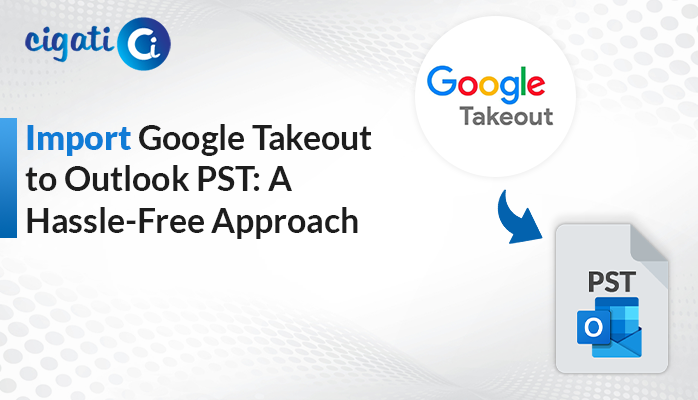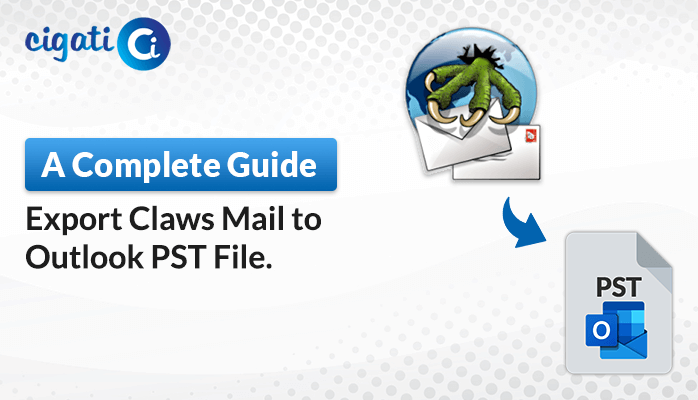-
Written By Rohit Singh
-
Published on July 25th, 2019
-
Updated on January 2, 2024
Top Two Methods to Change Outlook OST File Location
As digitalization holds its pace, the more we become dependent on it. But it isn’t always fruitful for its users. The IT sector is arising, including Office 365 and MS Outlook applications. If you are an IT professional, you must know about Office 365 and its applications. It stores its own and its application files in OST format. Migration is always daunting, and you often seek this change for several reasons. One of the changes you will see in this article is to change OST File Location.
Sometimes, for several reasons, you may want to change the location of your OST file format. Moreover, all users know that OST file works offline. But they want to convert their OST to Outlook PST data files. They can also opt for the Cigati OST to PST Converter for easy conversion.
Some reasons allow Outlook users to change the Location of Outlook OST Files.
Need to Change the OST File Location in Outlook
- Outlook crashes are a common issue that motivates users to migrate their data.
- Your Outlook is running out of storage.
- User can remove their Outlook profile. Or it is deleted accidentally.
- You want to migrate your Office account.
These are some reasons that allow users to migrate OST files. In the following section, we’ll learn a few techniques that can help us to change Outlook Data File Location.
Also Read: Change Outlook PST Location
How to Change OST File Location Manually?
An OST is an Outlook Offline Data File (created locally during your Outlook account setup). It stores data such as email messages, tasks, calendars, and contacts. We usually don’t change the OST file location. The following section will discuss the possible ways to Change Outlook OST File Location.
Method 1: Create a New Outlook Profile
Follow the steps to go with this method.
- Copy the OST file that you wish to see at a new location. If you want to create a new Outlook account, you can skip this step of copying.
- Go to Control Panel in the search bar.
- From there, search for the Mail option.
- In the upcoming wizard, choose the Show Profile option.
- Select the Add option to add a new Outlook Profile.
- Enter the new name for your new Outlook profile. Now, move to the next step towards changing the OST File Location.
- Then type in the password of your existing Office 365 account.
- A new server setting wizard will open, and click More Settings.
- In the subsequent panel, select Outlook Data File Settings.
- Select the Browse button to add OST files.
- Hit the Finish button to complete the setup for your email account.
- Again, open the Control Panel and then select the Mail option.
- Choose the new profile that you have created, and check the option, Select Always Use this Profile.
- Lastly, click on the Apply button to save the changes.
Method 2: Locate the Force OST Path Registry Entry
- Select Start and search the Run dialog box. Now, mention the regedit in the Open box. Then, choose the OK button.
- Now, set and pick the registry subkey: HKEY_CURRENT_USER\Software\Microsoft\Office\xx.0\Outlook
- After that, right-click the Outlook application, and select the New option. Further, choose the Expandable String Value button.
- Mention the ForceOSTPath, and then hold down the Enter button.
- Now, right-click the ForceOSTPath, and choose the Modify option.
- Furthermore, enter the full path in the Value data box where you wish to save the OST file (such as D:\MyOST).
- Go to the File tab, and choose the Exit button to exit Registry Editor.
From the above solutions, you can effortlessly Move OST File Location to Another Drive. But one point that should keep in your mind is that the above techniques lead to prone to corruption. To repair your damaged OST files, go with the Cigati OST File Recovery. It will recover your damaged or corrupted Outlook OST files.
Conclusion
In this write-up, we have discussed some methods to change OST File Location. However, these methods can be applied only if you wish to change the OST location on the same machine. Also, with the help of this utility, you can open OST file without Outlook in no time.
About The Author:
Rohit Singh is an Email Backup, Recovery & Migration Consultant and is associated with Software Company from the last 3 years. He writes technical updates and their features related to MS Outlook, Exchange Server, Office 365, and many other Email Clients & Servers.
Related Post




